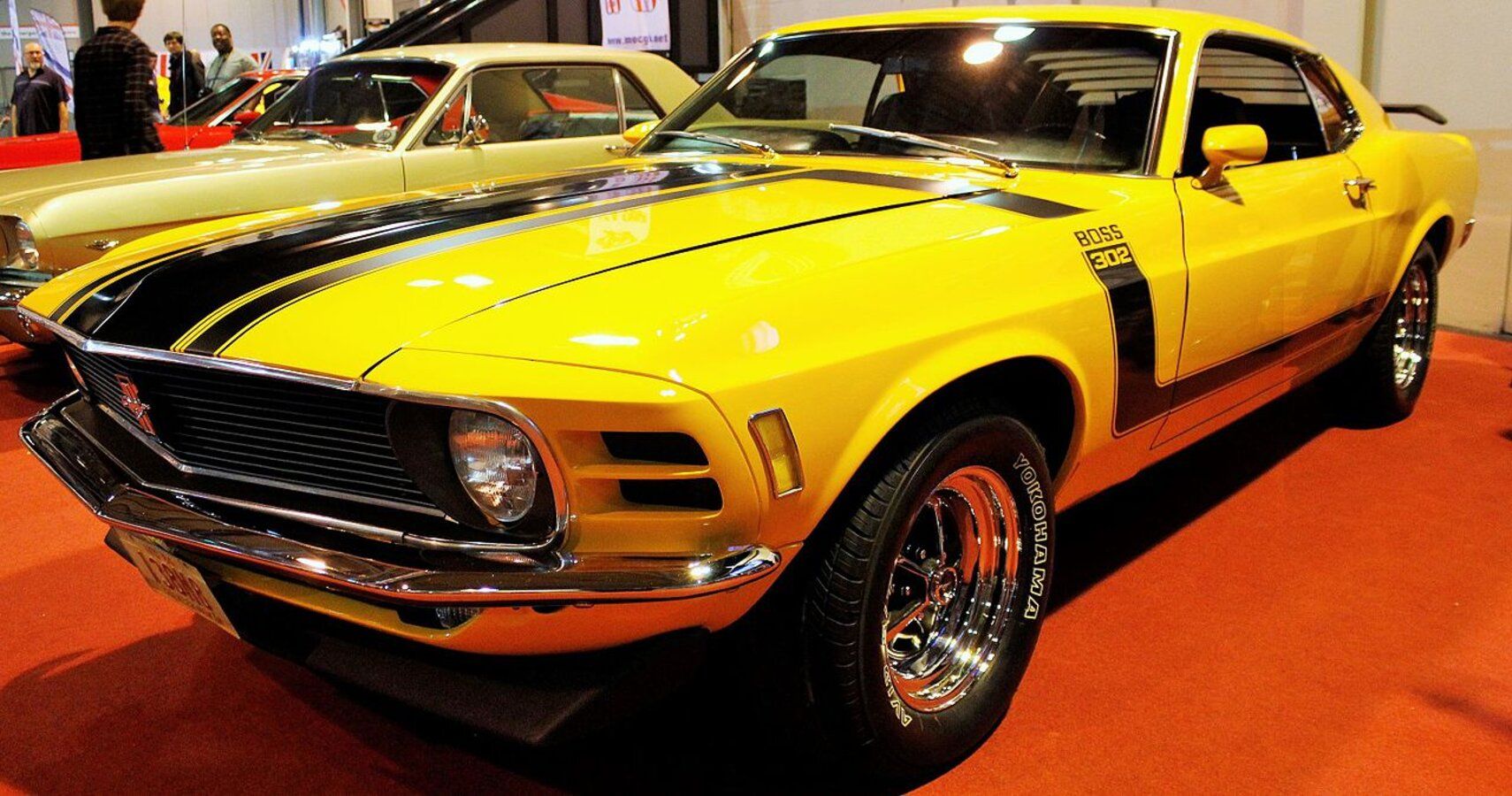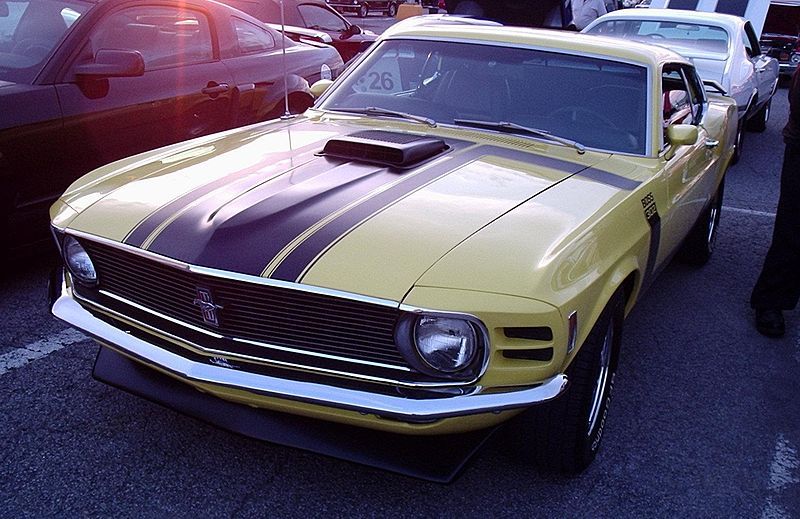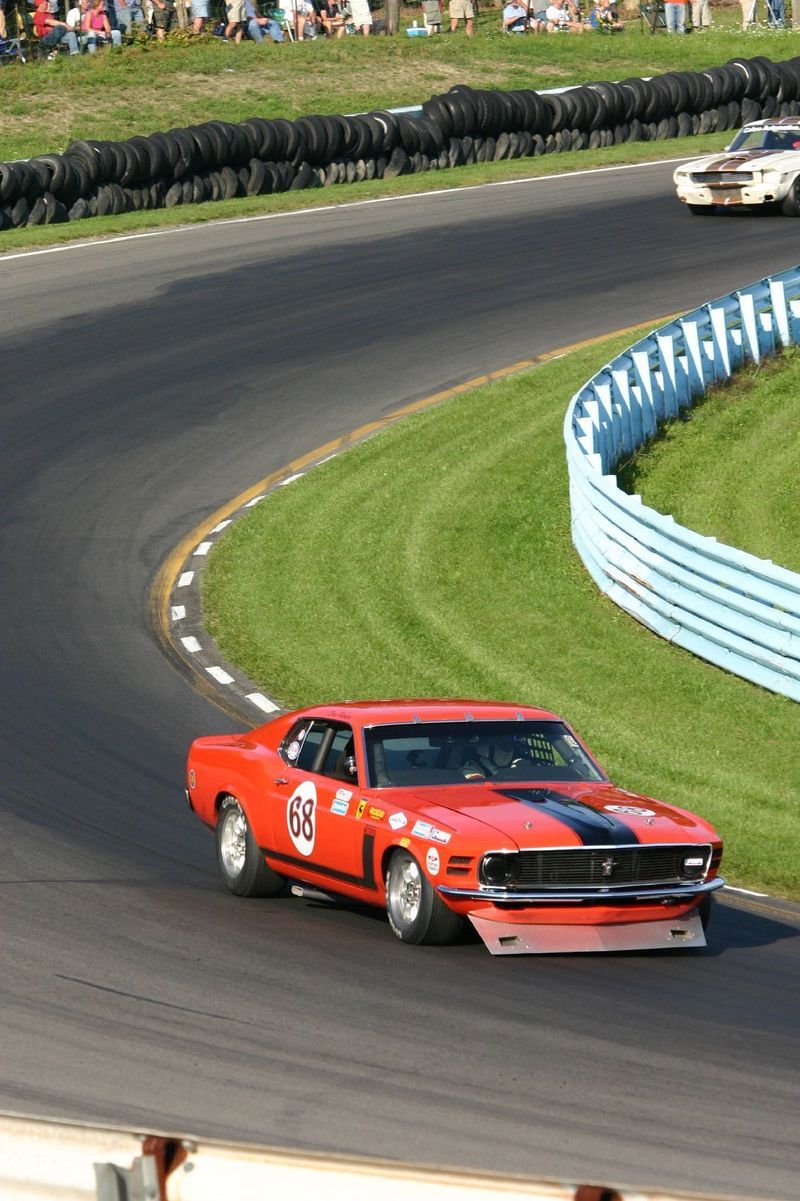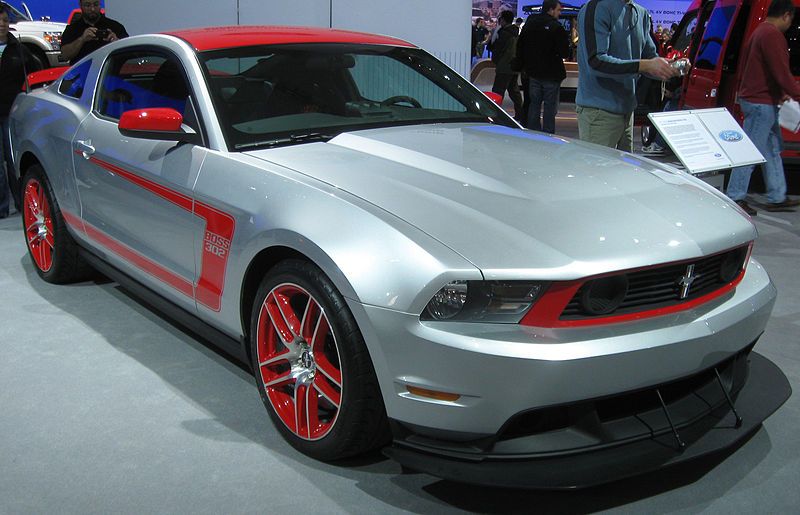We all love the iconic Ford Mustang. A car that has been widely celebrated over the years by celebs, automobile experts as well as the guy-next-door. While the Ford Mustang is immensely popular all around the globe, not many are aware that Ford launched a high-performance variant of the Mustang back in 1969. We're talking about the Boss 302 Ford Mustang. The Boss 302's reign lasted a year alongside its more powerful sibling, the Boss 429 Mustang.
Designed by Larry Shinoda, the Boss 302 Ford Mustang is as iconic as the original Mustang classic. Apart from being the high-performance variant of the Mustang, the Boss 302 is also renowned for its racing history.
How much is the Boss 302 Ford Mustang is worth today? Let's have a closer look at this iconic Ford car.
Production History
The Ford Mustang has a global reputation for being fast, daunting, and iconic so it's only natural that a performance version of the car will be par excellence. The Boss 302 Mustang was in production for only 2 years, but there’s one impeccable story behind it. Introduced in mid-1964, Ford’s Mustang car was the leading "pony car" until General Motors came up with the Chevrolet Camaro in 1967. Ford sensed the threat to their market as Mustang models with their 289 and 390 engine variants could not live up to the performance of Camaro’s small-block and big-block V8.
Ford realized that the Sports Car Club of America (SCCA) organized, Trans-Am road racing series was a big platform to showcase their newly built 1968 Hi-Po Boss 302 engine, and they put it to the test for the 1969 race. The 1969-70 Boss 302 Mustangs carried the same engine at their heart - an extravagant small-block engine, featuring a thin-wall block casting with high amounts of nickel. The regular 302’s lacked a few features of the race version - 4-bolt mains, screw-in freeze plugs, and heads using a canted valve design were exclusively employed for the race version. An optional engine and the entire vehicular dynamics were designed to meet the specifications provided in the homologation guidelines which required the engine displacement to be limited to 5.0L to qualify for eligibility.
Larry Shinoda, who designed the Boss 302 Mustang, was a former General Motors (GM) employee, and when he was asked about the project he was building, he famously replied, "the boss’s car" - hence, the name. He gave the car a reflective "C" stripe and ditched the fake air scoops in the rear quarter panel fenders on the Boss 302. It became the first Mustang production model with a front spoiler and a rear deck wing. Black-out hoods and black horizontal rear window shades were made optionally available. The supercar carried a suggested price of $3,720 back in 1970 and yet Ford was able to sell over 7000 models.
Trans-Am Racing and Touring History
Trans-Am racing gained popularity in the latter half of the 1960s when the concept of Pony cars was born. This new racing culture became popular and was followed by large audiences. The trans-am was usually held on road courses with specific limitations to the engine displacement requiring adherence. The competition piqued when several car manufacturers from Detroit built impressive pony car versions for track and streets. The track versions built for homologation purposes were equipped with small 300-inch class V8 engines to maximize the power output with limited displacement. The Boss 302 Ford was built with an aim to win the competition in 1969 and 1970.
The 1968 and 1969 races were won by Penske Camaros (later shifted to AMC Javelin). The direct competition for the Ford racing special, were The AAR Cudas, Team Chaparral Camaros, The Pontiac Firebird, and the Penske AMC Javelins.
In 1969, the Boss was defeated mainly because of 2 reasons: tire problems and slow pit stops. The Firestone brand tires used by Ford were troublesome, and hence, were replaced by "Goodyear" tires the following year. Bud Moore fielded two Boss 302 Ford cars in the 1970 season and won the championship that year.
The Boss 302 Ford Mustang achieved raging success in Australia too, with Race driver Allan Moffat, cruising his fiery 302 sponsored by Coca-Cola to a recorded 101 wins in 151 starts. He raced the car for four consecutive years in the Australian Touring Car Championship (ATCC), where he secured a top 10 spot for the three latter years, finishing 6th in 1970, 2nd in 1971, and 3rd in 1972.
The Comeback (2012)
It's hard to keep a beast as iconic as the Boss 302 out of action for too long. In 2012, Ford decided to revive the Boss 302 nameplate. The car came with what the Ford development team called the "Roadrunner engine", an enhanced version of the Ford Mustang GT's 5.0-liter Coyote V8 engine. The new Boss 302 version came with upgrades such as CNC ported heads, revised camshafts, and a forged rotating assembly. The new Boss 302 was a gem upon completion, and Ford decided to take it a step further and produced Laguna Seca Versions - limited edition models of the car. These were further upgraded versions of the standard Boss 302 models. The Laguna Seca versions were specifically designed to bridge the gap between the standard Boss 302 and its racing versions - Boss 302R and 302S while maintaining street legality. Eventually, Ford produced 2000 standard versions of the Boss 302 models and 764 versions of the Laguna Seca for 2012 and 2013.
A car as iconic as the Boss 302, Ford Mustang is invaluable in terms of the rich history and the story behind its production. But if you're looking at buying one of these iconic models, you can land one for as low as $25,000, depending on the condition of the model you're buying.




